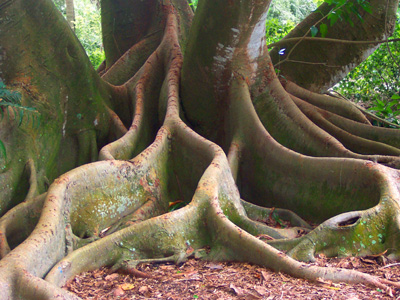
Unit 3 - Exchange Surface and Diffusion
Getting essential materials to where they are needed in an organism requires specialised tissues and organs. In animals, the transport is taken care of by blood. In plants it is the sap, which is a mixture of water and nutrients. But when the materials arrive at the place they are required, how do they move out of the blood or the sap? The answer is by diffusion through exchange surfaces.
An exchange surface is the place that substances are moved across membranes in an organism, for example the lungs of birds or mammals and the gills of fish. An example of exchange of materials is the gaseous exchange of oxygen and carbon dioxide between the organism and the air. Other exchange surfaces include the villi in the small intestine, root hair cells and leaves of plants.
Ready for more?
not all...
quizzers. Try to win a coveted spot on our Hall of Fame Page.







